Wednesday’s experimental launch was supposed to show the first true flight of the Starhopper, but a spout of flame started coming out of its top.
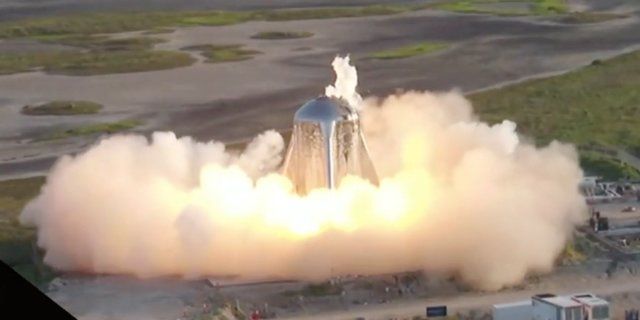

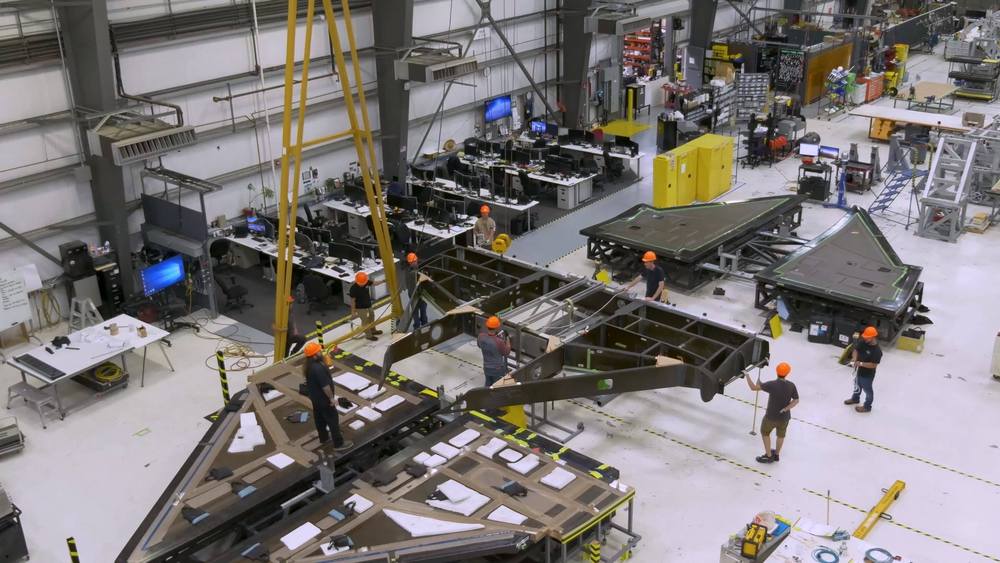
What’s the latest with the next spaceship we’re building for Virgin Galactic? The wing structure is complete! Watch as we made preparations to install landing gear, RCS systems, flight controls and pneumatic tubing which powers the feathering system http://virg.in/wLg
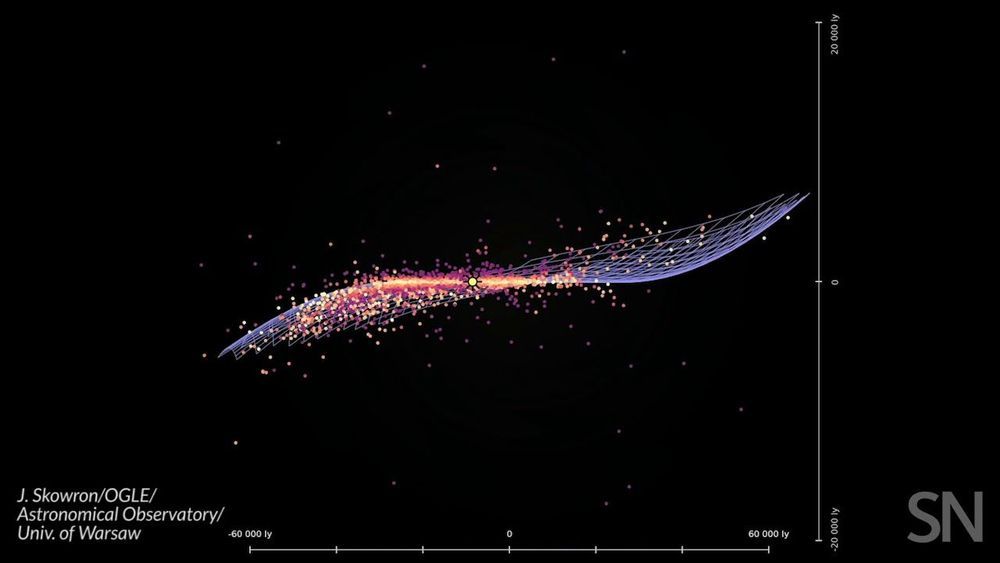
Like a misshapen potato chip, our home galaxy is warped. A new 3D map brings the contorted structure of the Milky Way’s disk into better view, thanks to measurements of special stars called Cepheids, scientists report in the Aug. 2 Science.
Making 3D measurements of the galaxy requires estimating how far away stars are from Earth, typically a matter of guesswork. But unlike other stars, Cepheids vary in brightness over time in a particular way that can be used to determine a precise distance to each star.
Although the Milky Way’s disk is usually depicted as flat, previous observations had revealed that the galaxy is curved at its edges. The new study shows that that the Milky Way is even more warped than scientists had thought, says astronomer Dorota Skowron of the Astronomical Observatory of the University of Warsaw. If you took a spaceship into deep space and looked back at our galaxy, says Skowron, “you could see by eye” that it’s misshapen.
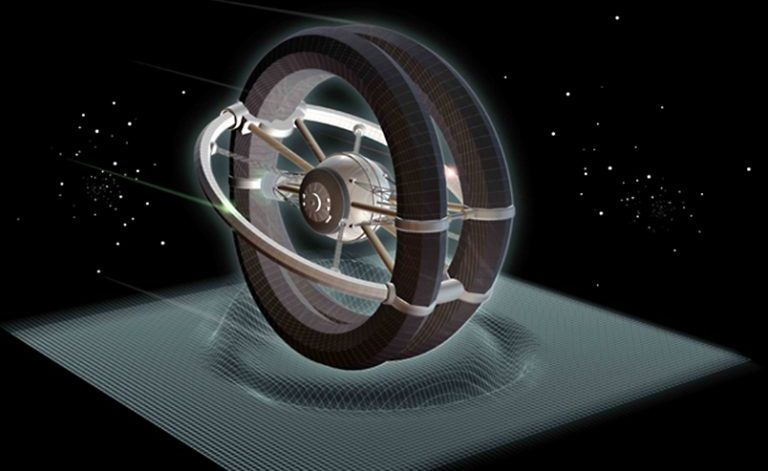
A number of NASA scientists are currently researching the feasibility of warp drive (and EMdrive and a number of other modes of faster than light travel); however, most scientists think that such forms of space travel simply aren’t viable, thanks to the fundamental physics of our universe.
“Routine travel among the stars is impossible without new discoveries regarding the fabric of space and time, or capability to manipulate it for our needs,” says Neil deGrasse Tyson, the “Cosmos famous” astrophysicist at the American Museum of Natural History, said “By my read, the idea of a functioning warp drive remains far-fetched, but the real take-away is that people are thinking about it — reminding us all that the urge to explore continues to run deep in our species.”
There have been hints the past few years that NASA may be on the path to discovering warp bubbles that could make the local universe accessible for human exploration. NASA scientists may be close announcing they may have broken the speed of light. According to state-of-the art theory, a warp drive could cut the travel time between stars from tens of thousands of years to weeks or months.

In 1948, physicist Leonard Eisenbud proposed a particular way of transmitting the waves to overcome this. But not until now have researchers made it happen.
By Michael Slezak.
It’s a call with no response. A new way of creating waves – whether of light, radio or sound – that don’t echo promises to improve everything from your Wi-Fi signal to medical imaging to shining lasers through space.
As a wave travels – think of light shining through water, for example – it can become scattered. This is a problem in telecommunications: if you send digital signals down a very long optical fibre, the pulses can get stretched out, and 1s can start to blend into 0s.
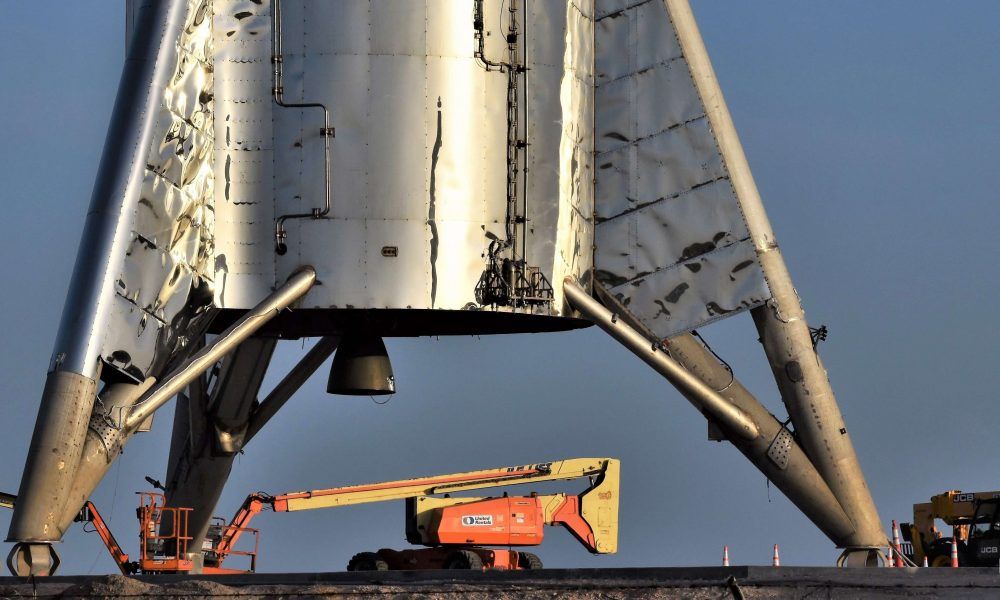
On July 28th, SpaceX wrapped up modifications to a rented robotic lift vehicle and carefully moved Starhopper back to its launch facilities three days after its inaugural flight. Another two days after that, SpaceX filed road closure requests confirming the date for the Starship prototype’s next launch.
According to those road closures, SpaceX is preparing Starhopper for a second flight just 17 days after its first hop and has cordoned off August 12th through the 14th to provide a backup window or two and a possible pre-flight static fire opportunity. In recent days, SpaceX has begun the process of refurbishing Starhopper and its pad facilities, although – by all appearances – very little work is needed to return the vehicle to flight readiness.
In fact, just yesterday (July 30th), SpaceX began reattaching the pad’s quick-disconnect (QD) umbilical ports to Starhopper in an important post-flight test and a first step towards verifying that all ground support equipment (GSE) is healthy. Thankfully for the pad, Starhopper is powered by just one Raptor engine, producing a maximum of 200 tons (450,000 lbf) of thrust at sea level.

E_News™ delivers the most urgent News of the Day that we find relevant to the main theme of EcstadelicNET such as a new, cutting-edge scientific research, technological breakthroughs and emerging trends. Some material may be fully or partially from outside sources. The Top Stories section, on the other hand, contains only original content written by affiliated authors. Take me to Top Stories.
All Biotechnology Business News Crypto News Digital Physics Neurotechnologies Press Releases Quantum Computing Space Exploration
Alex Vikoulov is a futurist, digital philosopher, independent scholar, media commentator, essayist, author of the 2019 book “The Syntellect Hypothesis: Five Paradigms of the Mind’s Evolution.” Lives in San Francisco Bay Area. http://amazon.com/author/alexvikoulov
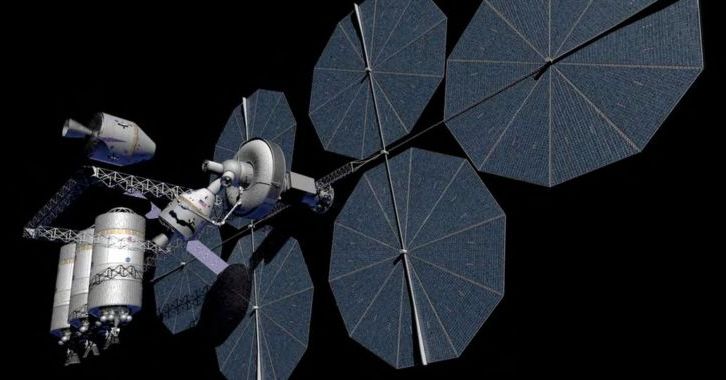
On Tuesday afternoon, NASA announced 19 new partnerships with 10 US companies to help bring more cutting-edge technologies closer to production use in spaceflight. There were a lot of useful engineering ideas here, such as precision landing systems and robotic plant farms, but perhaps the most intriguing one involved the rocket company SpaceX and two of NASA’s field centers—the Glenn Research Center in Ohio and the Marshall Space Flight Center in Alabama.
“SpaceX will work with Glenn and Marshall to advance technology needed to transfer propellant in orbit, an important step in the development of the company’s Starship space vehicle,” the NASA news release states. This is a significant announcement for reasons both technical and political.

